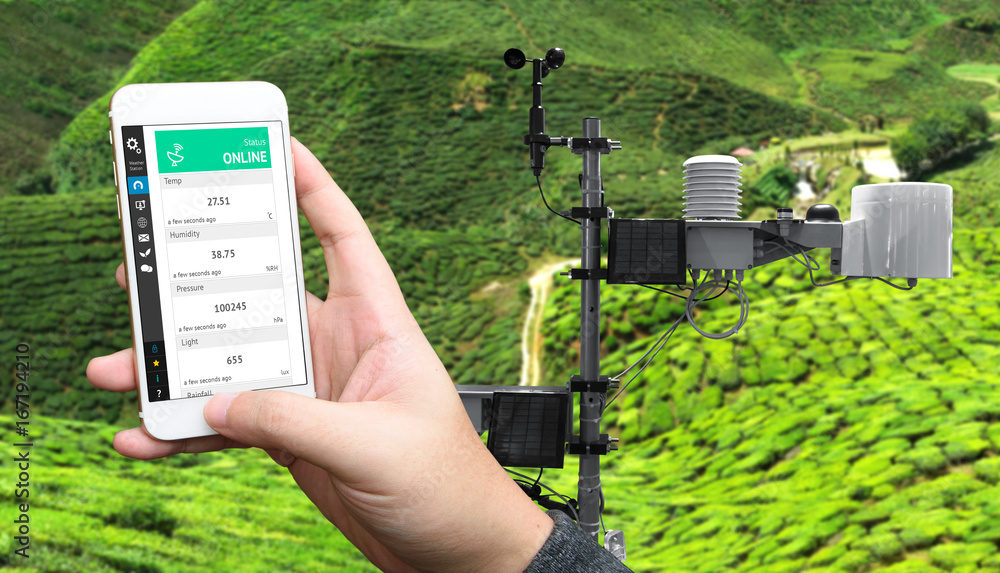



Article by: Hari Yellina
The supervisor in charge of keeping track of who has clocked on, what they’re doing, and how effectively they’re doing it in a cucumber glasshouse in Bundaberg does not receive a pay check or a lunch break. Instead, the digital supervisor works nonstop to collect data and transfer it to the cloud, where the farm manager can see which rows are yielding the most fruit and who picked it – all without having to leave the office. Harvest Ant is a novel technology developed by Grow Logic and being tested on real-world farms as part of the Hinkler AgTech Initiative, which is led by CQUniversity and supported by the federal government’s Hinkler Regional Deal.
It employed a badge with built-in RFID technology that pickers tapped at checkpoints on the row, the crates, and other supervised sites to automatically record what task they were performing and what product they collected, according to managing director Peter Bail. “For instance, if they began harvesting in a row, they would tag onto the row, tag onto the crate, and fill up the crate,” he explained. “The crate is returned to the pack house and placed on the scales, where we can automatically read what row it came from, which picker selected it, the time, the ambient temperature, so we can actually measure how much product comes out of each row.”
The data is kept in the tags and automatically sent to the cloud using a mesh network. Mr Bail said the technology has already been trialled in other hand-picked crops such as blueberries and lychees, but this trial focused on protected cropping. He responded, “You may start comparing agronomic information.” “Yield differences between cultivars, as well as yield differences between spray treatments and chemicals. There is a lot of agronomy knowledge here.” With rising labour expenses and a shortage of workers, Mr Bail said the technology also helped farmers manage payroll and performance to ensure they were getting the most out of the staff they did have while still meeting their own pay and entitlements commitments.
“We can see right immediately that wearing a device that tracks your performance has a psychological component,” he said. “We’ve got smart tags that recognise row numbers. Clocking in and out, stopping for a smoke, lunch, and other duties are all automatically recorded. “Without even looking at any data, management may perceive an increase in performance within two days.” At Eden Farms, where the trial is almost finished, Jeremy Brown is the operations manager. He said the technology helped him verify he was following his own compliance obligations as the legislation around the minimum wage and piece rates changed, decreasing the possibility of underpaying workers without utilising more farm resources. “One of the most significant things we focus on is labour, not just in terms of cost reduction, but also in terms of providing technology that is simple to use and frictionless to adopt,” he said. “Right away, production increased because our pickers realised the system was recording how much they picked and how long it took them to pick.”
He stated that they were now planning to implement the system across eight hectares of glasshouse space, which would be served by 120 people. He also said, “We can see an incredible benefit to us right away.” “We’ve tried other labour and crop yield tracking systems, but this one takes very little oversight.” “Each picker may scan onto their row and onto their container without having to dedicate another resource to technological monitoring.” Nearly 50 agricultural technology products are being tested on farms in the region by CQUniversity. According to Karli Groves, a research officer, the tech start-ups and the farmers with whom they are collaborating are creating a mutual understanding that will lead to greater innovation. “While there is a lot of work to be done to integrate technology into a grower’s operation, a producer must also be able to be flexible enough to actually deploy the technology,” she said.
“It’s one thing to test it in a demonstration area or a lab, but there are a lot of distinctions between a real farm and a genuine circumstance where they’re actually growing a commercial crop. “If technology is to be commercialised, it must eventually be integrated into a real system. “So, this is really a terrific example of a proving ground and the kind of work that goes into putting technologies in place.”